Back in 2016, I made the original interactive dance floor, and ever since then, I've wanted to rebuild it from scratch and make it better.
Project goals:
- The floor will be constructed of small modular panels that snap together (~15" x 15") .
- Each LED "pixel" on the floor will be between 1" to 2.5" squared.
- The entire floor will be a giant capacitive touch screen.
- Animation programming will be PixelBlaze compatible.
 Jeremy
Jeremy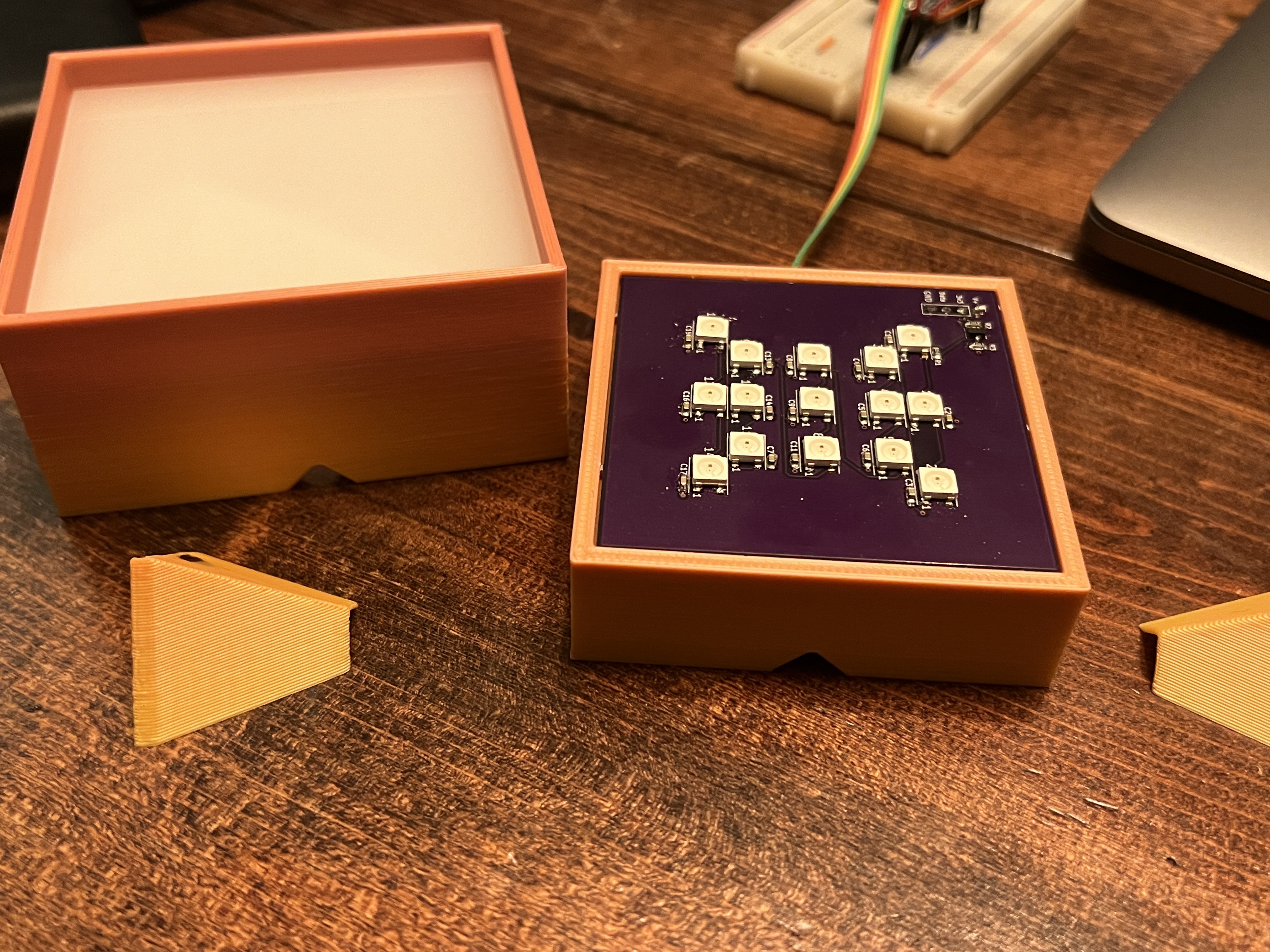
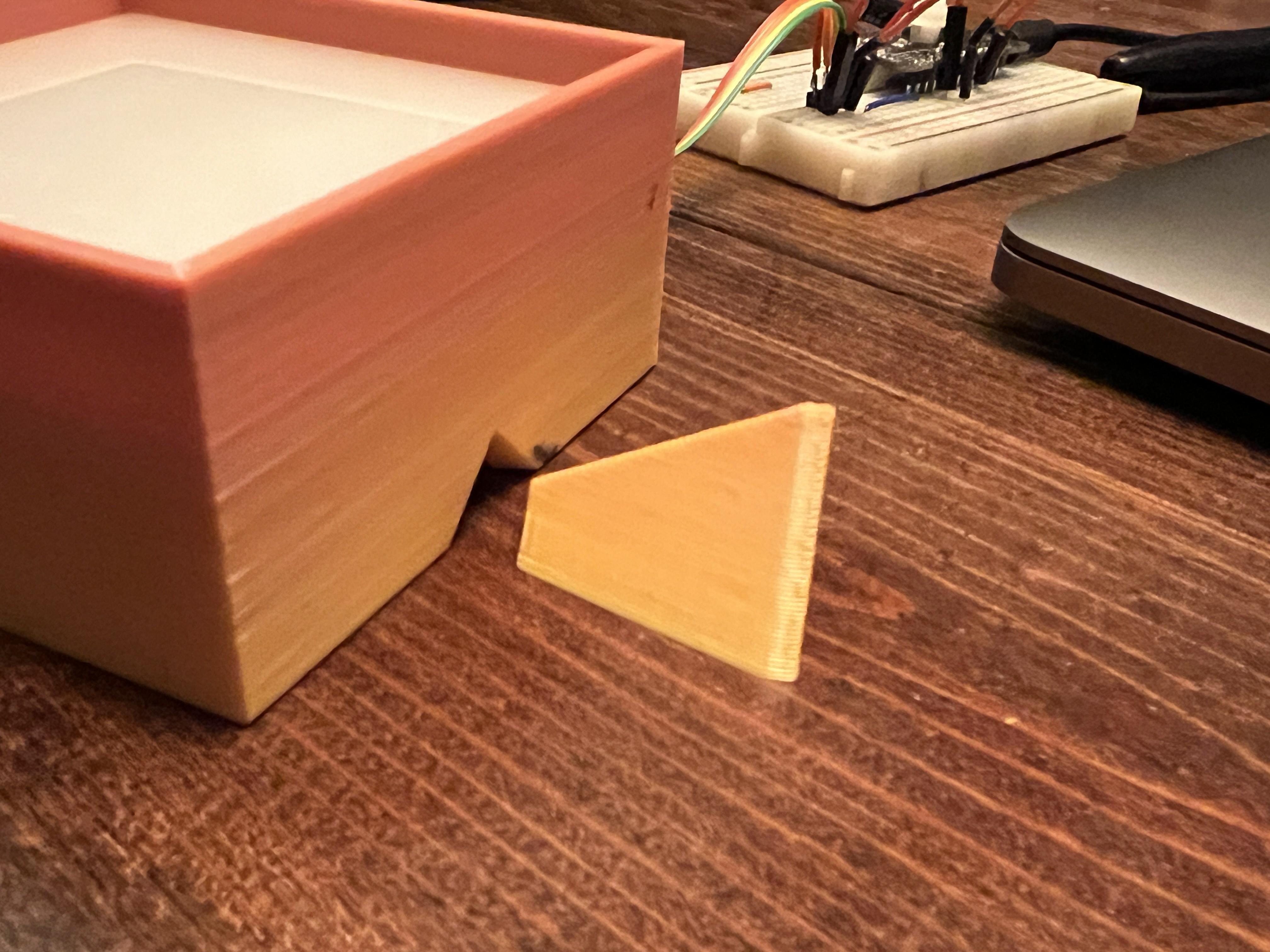
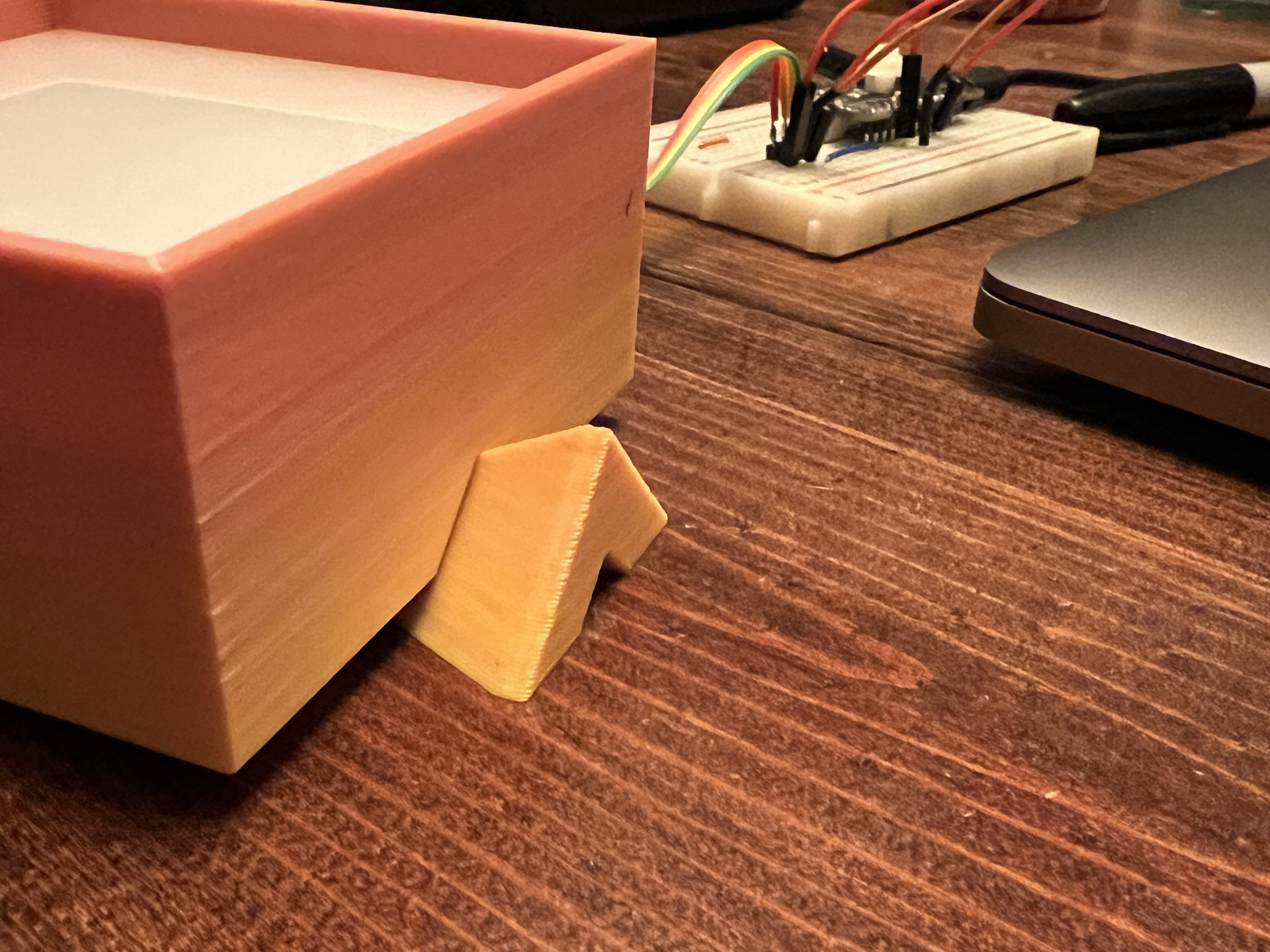
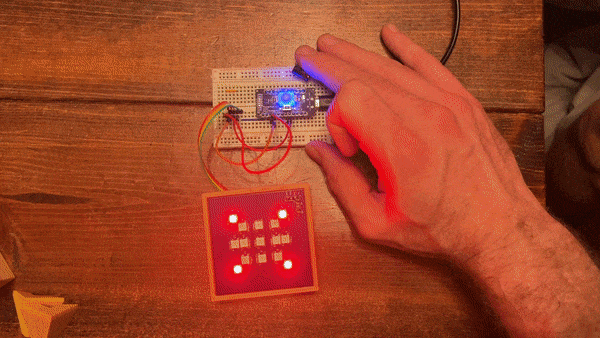
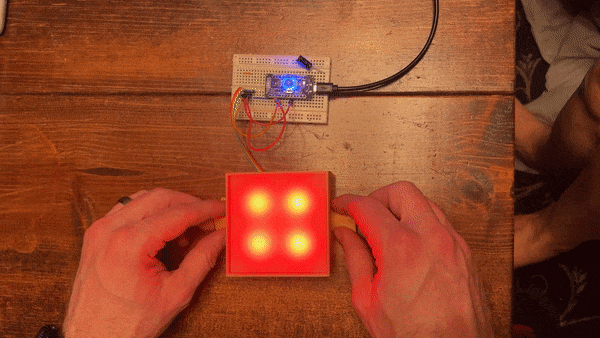

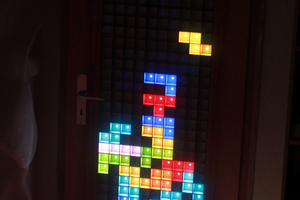
 mclien
mclien
 Ian Norton
Ian Norton
 Alex Rich
Alex Rich
 Jorj Bauer
Jorj Bauer